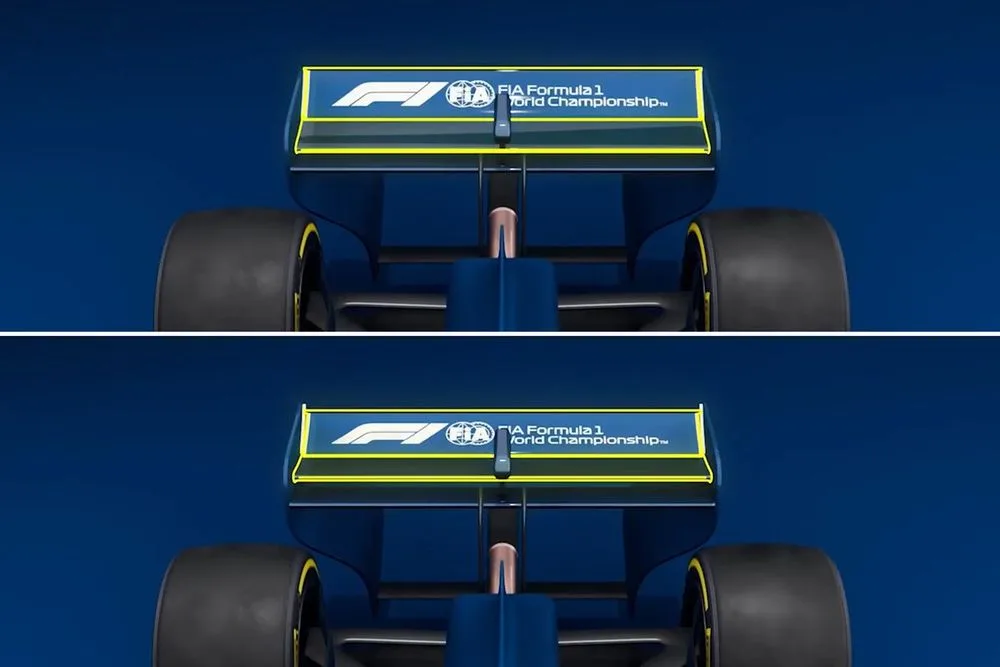Key outlines for the 2026 F1 rules were released to the media on Thursday, although it became apparent that multiple F1 teams were concerned about certain aspects of the draft regulations, particularly those governing the application of active aero.
It was initially unclear whether the X-mode activation, where the car’s front and rear wings enter a lower-drag state in defined straights, would be driver-controlled or automatically applied during the course of a race.
In a media conference on Saturday, FIA single-seater technical director Jan Monchaux explained that it would be logical to assume the same method of application as is currently used with DRS, where it is applied by the driver through a button on the steering wheel.
“All that is currently still in discussion with the teams. So it’s not like we have fully described all the detail of how and when you activate,” explained Monchaux.
“The general line we will follow is similar to the DRS. So the DRS, you need to tick the box in terms of distance or lap time distance to the car in front of you at a given point, and then the driver can deploy.
“But it’s a driver that pushes a button and deploys the DRS, and also closing it. We think the approach for the X-Mode would be exactly the same.
“Some conditions are being fulfilled, like very low or no lateral acceleration, so effectively exiting the corner. If these conditions are ticked off, the driver will press [the button] and it’s not going to be automated.
“Then his DRS and the front wing will open up to go in the low drag. Shortly before arriving on the braking zone, they will deactivate it. And if not, it will make sure it does deactivate.”
Active aero F1 2026
Photo by: FIA
Monchaux explained the safety implications will also carry over from the introduction of DRS, and that the FIA will take a “rigorous” approach to ensure that there are minimal risks introduced by their application.
With top speeds expected to rise considerably thanks to the reduced drag produced by the X-mode, it needs to be guaranteed that a driver will not be stuck in that mode when it comes to braking for corners.
Otherwise, this could result in drivers being unable to slow down from 350km/h-plus speeds, and yield high-speed accidents as a consequence.
“The approach on failure analysis the system could be subject to, it will be subject to the same approach that back in the day was done with the DRS,” the former Sauber technical director…
Click Here to Read the Full Original Article at Motorsport.com – Formula 1 – Stories…

